February 2023 Community Meeting
How does one assess the future emissions impact of their investments while taking into account important qualitative factors?
Project Frame community members World Fund and Closed Loop Partners shared their unique approaches to impact measurement and management (IMM) at the Feb. 9, 2023 Project Frame Community Meeting, showcasing how they follow the overall impacts of the climate solutions in which they invest.
First look into the makeup of Frame’s climate investor community
The meeting kicked off with a preview of the results from Frame’s first annual survey, conducted in early 2023.
The survey results provide insight into the community and future iterations will allow Frame to assess if it is making the progress it needs towards its “ultimate goal, which is to catalyze as much capital towards the best possible climate solutions and demystify climate investing in general so that we can encourage more transparency amongst the community,” Project Frame Director Keri Browder explained.
Preliminary results include that the majority of survey respondents are based in North America and Europe, reaffirming the goal of increasing the diversity of the Frame community.
“We really want to make sure that we are committed to building best practices, community-wide, beyond just Europe and the U.S.”
The vast majority of respondents also categorize themselves as investors who provide market-rate or above-market-rate returns and say that they follow a methodology, like Project Frame’s, to assess forward-looking GHG emissions impact. Responses became more split in reference to reporting actual or realized emissions impact, with about 45 percent saying they do and nearly 39 percent saying that they intend to in the future.
A full summary of the results from the first Project Frame Annual Survey will follow.
Layering quantitative and qualitative impact with World Fund
During pre-investment due diligence, World Fund uses their own impact assessment methodology called climate performance potential (CPP) to quantify GHG reduction potential by 2030 & 2040.
Head of Impact at World Fund, Daniel Valenzuela explained that CPP is “a pragmatic approach of organizing the science around the company” that is done in collaboration with World Fund’s scientific advisory board.
“We want to look as quantitatively as possible but also as holistically as possible at the impact value of the company,” he said.
Valenzuela explained that CPP layers potential GHG emissions impact assessment with qualitative analysis of other environmental and social dimensions while mapping against EU SFDR taxonomy and following guidance from Project Frame.
Biodiversity is one example of a qualitative factor that is “of extremely high importance to [World Fund]” and should be impacted positively by a potential climate solution due to its interrelatedness with GHG emissions, Valenzuela said.
“You cannot have sustainable emissions reductions impact with harm being done in these other dimensions.”
Closed Loop Partners unpacks the impact of circular economies
Closed Loop Partners, unique with multiple funds amongst multiple asset classes, is focused on advancing the circular economy and has been building their own metric framework to evaluate and quantify GHG emissions impact as it relates to its own library of circular economy metrics.
Luba Shabal, Senior Director of IMM, explained that Closed Loop has three foundational pillars for impact: transparency, verification, and standardization. These pillars are aligned with Project Frame’s principles, which were developed to support more reliable reporting and investments.
“Because there is no [industry-wide] standardization and because verification is so new in impact space, we feel that transparency is really what drives forward those impact methodologies,” she said.
As a part of their four-step impact assessment process, Shabal explained that each vehicle has its own impact thesis with a unique theory of change to which they hold themselves accountable with external disclosure and verifications that allow them “to constantly evolve and deepen [their] commitment.”
Want to get involved in establishing best practices for climate solutions investing? Sign up for the Project Frame newsletter.
